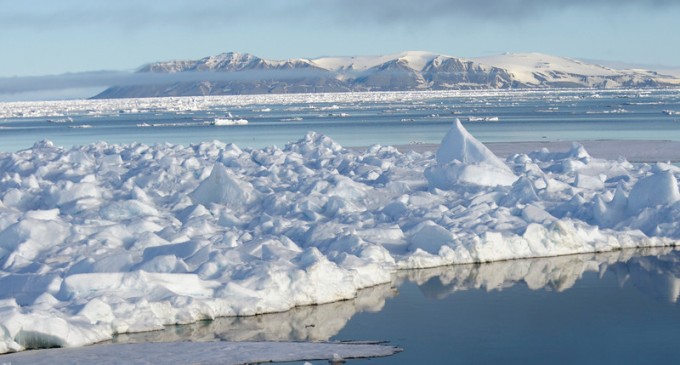 Catharine Farrow is a professional geoscientist with over 20 years of mining experience. Since 2012 she has been leading TMAC Resources as CEO and Director. She also heads FarExGeoMine where she provides independent consultant services on integrated solutions to the mining industry. TMAC is a Canadian-based exploration and development company with current operations in the Arctic where energy costs are a big focus. This October 22-23, Farrow will be joining other mining leaders to discuss energy challenges and solutions for new remote mines at the 3rd annual Energy and Mines Toronto Summit on October 22-23.
Catharine Farrow is a professional geoscientist with over 20 years of mining experience. Since 2012 she has been leading TMAC Resources as CEO and Director. She also heads FarExGeoMine where she provides independent consultant services on integrated solutions to the mining industry. TMAC is a Canadian-based exploration and development company with current operations in the Arctic where energy costs are a big focus. This October 22-23, Farrow will be joining other mining leaders to discuss energy challenges and solutions for new remote mines at the 3rd annual Energy and Mines Toronto Summit on October 22-23.
Q: What are the main energy challenges that arise when developing new operations in remote locations?
A: Now we are operating in the Arctic so we really have to use generators to produce our own power, which is an expensive system. We try to explore alternative solutions, but solar energy is certainly not an option because the lack of light during the day, so we are facing high energy costs.
Q: How are you addressing energy cost challenges?
A: We really spend a lot of time thinking how to reduce power costs. The effort is all about conservation and efficiency, so even our employees saving light in our operations is a good way to reduce energy expenses.
It’s not just us but other big companies and also local communities in the Arctic are testing renewable alternatives for power supply. Unfortunately, we are not finding any solid alternative to completely replace diesel yet, but wind power could become an efficient solution in the future.
Q: How do the extreme weather conditions affect your operations?
A: It really determines the way we operate and the way we use energy. We deal with temperatures under minus 40 degrees, so the cold is a big handicap. All of our operations and even our buildings and offices are underground, which means that we have to use energy to heat those installations. We also have to be very careful with the wind. We design relatively small buildings so we can keep them out of the extreme wind when we face a storm. I’d say the weather affects not just our energy use, but also all our infrastructure.
A: What would you say are the biggest misconceptions about the way mining leaders think about power?
In terms of money, I think that pretty much everybody in business understand that to save energy means saving money. Having said that, it’s true that the general public think mining companies don’t do everything we could to reduce our energy use. I think that it is key to inform the public that our industry is facing big challenges and we are making a big effort to make changes and improvements in the way we use energy.
Q: What are you looking forward to at the 3rd annual Energy and Mines Toronto Summit on October 22-23?
A: I’m looking for ideas; I’d like to hear what other companies are doing and how they are facing the challenges that arise in remote mining operations. I want to meet with researchers and innovators to address mining issues not just in the Arctic, but also all around Canada.

